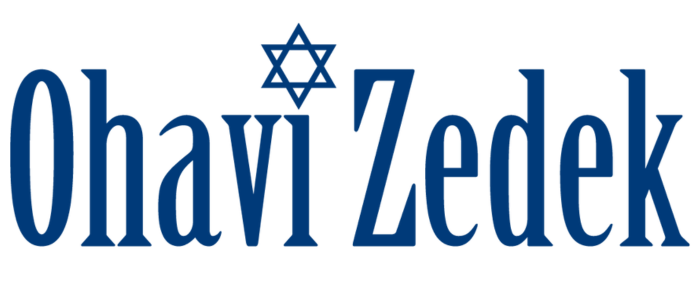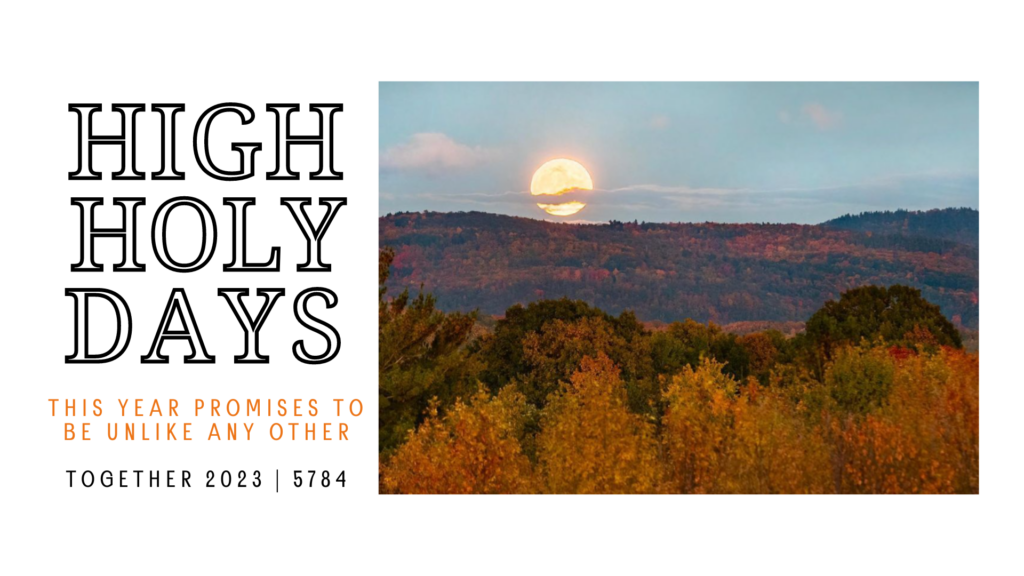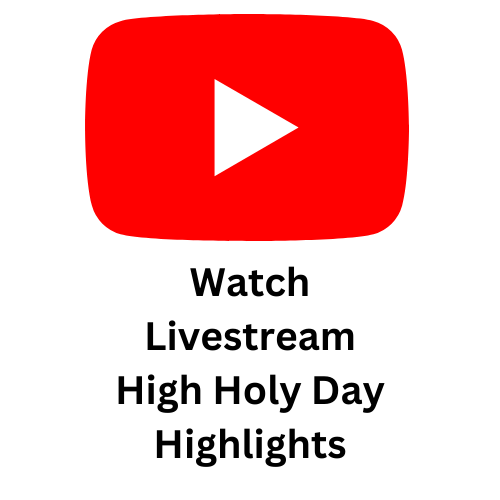A time for connection, reflection, learning and belonging.
Join us for unique experiences, contemplative prayer, joy, music and learning!
Registration / Tickets
Members Register Here Non-Members Register Here Under 30 Register Here
- When you register, you will have the option to add names to the Book of Life, sign up for an “honor” and more. Read about volunteering below.
- Most services will be available via Zoom & Livestream. Please register in order to access the links. If you are attending via Zoom, please make sure your full name is visible.
What’s New & Exciting About This Year’s Days of Awe(some)!
- Services are led by our new Rabbi, Rabbi Aaron Philmus, and visiting Cantor, Rabbi Jessica Kate Meyer.
- High Holy Days Niggun Singing Circle – Saturday, August 26
- Elul Learning Series – Sunday, August 27
- Community Mikveh (ritual lake emersion) at Oakledge Park – Sunday, Sept 3
- Yoga at OZ’s Open House – Sunday, September 10
- Annual Food Drive (pick up a bag at OZ and return it by Yom Kippur)
- 20s/30s Wine and Cheese in the Yurt – Friday, September 15
- An art show in our social hall
- See the new display of the Kahn (Kristallnacht surviving) torah scroll
- Glimpse the copper ark being rescued from OZ’s original 1885 building
- Second Annual Reverse Tashlich Waterway Cleanup – Sunday September 24
- And much much
Click here to access this year’s Book of Life.
View Full List of High Holy Day Programs
Main Services
- Erev Shabbat Rosh Hashanah– Friday, September 15
- Shabbat Rosh Hashanah Day 1– Saturday, September 16
- Rosh Hashanah Day 2– Sunday, September 17
- Kol Nidre– Sunday, September 24
- Yom Kippur Morning & Evening– Monday, September 25
- Erev Shabbat Sukkot– Friday, September 29
- Shabbat Sukkot Day 1– Saturday, September 30
- Sukkot Day 2 & Family Presstival– Sunday, October 1
- Shabbat Shemini Atzeret Service with Yizkor- Saturday, October 7
- Simchat Torah & Sammi Kornstein’s Bat Mitzvah– Saturday, October 7
- Simchat Torah & OZHS Consecration– Sunday, October 8
Family Services & Experiences
- Tot Rosh Hashanah Day 1 (in person only)
- Youth Rosh Hashanah Day 1 (in person only)
- Teen Rosh Hashanah Experience Day 1
- Rosh Hashanah By The Lake *on Day 2* (in person only)
- Tot Rosh Hashanah Day 2 (in person only)
- Kid’s Torah Processional on Kol Nidre
- Tot Yom Kippur (in person only)
- Youth Yom Kippur (in person only)
There are many other High Holy Day services and experiences. Click here for the full schedule of services.
Tickets and Pricing information
Members: Holiday program tickets are free for OZ members who have renewed their 2023-24 memberships. Please register here.
Non-members: Ticket prices are as follows (register here):
- Rosh Hashanah Days 1 & 2- $210/per seat
- Yom Kippur- $110/per seat
- Rosh Hashanah & Yom Kippur- $250/per seat
- Family Rosh Hashanah- No charge, donations are welcome.
- Family Yom Kippur- No charge, donations are welcome.
- Virtual Tickets – No charge, donations are welcome.
To become a member and be eligible for free tickets, click here.
Non-members under 30 & students: No charge, donations are welcome. Please register here. (You are invited to become a member as well, here!)
OZ has tickets set aside for those who are unable to pay. To request free or discounted tickets, explore volunteering in exchange for tickets, or to make other arrangements, please contact us. We will reply promptly and with discretion.
Volunteer
Volunteer opportunities exist for greeters, ushers, in the kitchen, child care, at special events and more.
What the Holidays Mean to Us … To You?
This year, our planning team of clergy, staff and volunteers convened to explore the meaning of the High Holy Days to them. Many have a life of experiences and for some, this will we their first. They used terms that included return, renewal, repair, a fresh start, self-compassion, relationships, energy, a time for family, connecting with chosen family, welcoming for all and relaunch. Some viewed it as a blank slate – a new opportunity for a Jewish experience. They also discuss a goal of radical welcoming.
We strive to provide meaning to members of our diverse community. Tell us what the holidays mean to you here.
Covid-19 policies
Are services in person?
We plan to hold all services in person and stream major services.
What about masks?
Masks are optional. We will offer a seating areas where masks are required.
Parking and Roadwork
Parking will be available behind the building and at Fern Hill on the lawn. Street parking is also available.
Building Entry
You will be directed to the entry on site.
Thanks
Thank you to OZ’s many volunteers, staff & clergy working on our High Holy Day programs! Thank you to Rick Levinson (RL Photo) for use of his image.






